New Sod is turning yellow
Gdierking
12 years ago
Featured Answer
Comments (19)
nearandwest
12 years agoJesse
12 years agoRelated Professionals
Essex Landscape Architects & Landscape Designers · Marina Landscape Architects & Landscape Designers · Owings Mills Landscape Architects & Landscape Designers · Camp Verde Landscape Contractors · Englewood Landscape Contractors · Estelle Landscape Contractors · Fair Lawn Landscape Contractors · Fort Wayne Landscape Contractors · Gallatin Landscape Contractors · Lantana Landscape Contractors · Mission Landscape Contractors · New Braunfels Landscape Contractors · Pompton Lakes Landscape Contractors · Roseville Landscape Contractors · Stafford Swimming Pool Buildersdchall_san_antonio
12 years agoGdierking
12 years agoJesse
12 years agonearandwest
12 years agoGdierking
12 years agonearandwest
12 years agotiemco
12 years agoGdierking
12 years agotiemco
12 years agonearandwest
12 years agoGdierking
12 years agoJesse
12 years agotroybt856
12 years agodchall_san_antonio
12 years agonearandwest
12 years agokausverm
10 years ago
Related Stories
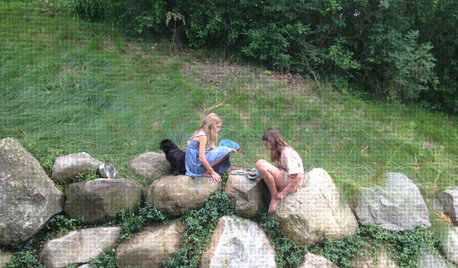
LIFETurn Off the Video Games and Turn On Your Kid's Creativity
Going nuts planning summer activities? Kids overdosing on screen time? It may be time to foster more self-directed play
Full Story
GARDENING GUIDESHow to Plant a New Lawn From Sod
Take the quick-start route to turf with sod; these installation guidelines will help ensure a healthy and long-lasting lawn
Full Story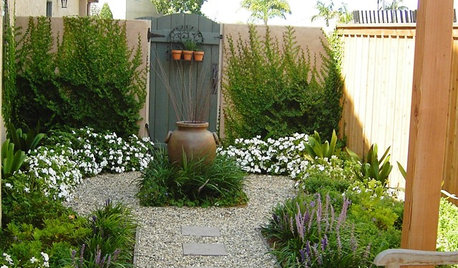
GARDENING GUIDESHow to Turn a Side Yard Into a Glorious Garden Room
With just 8 feet or so, you can turn a plain side yard into a garden that lets you get carried away
Full Story
10 Reasons to Turn to Bright Hues in Winter
When it’s gloomy outside, consider energizing your home and boosting your mood with bold color inside
Full Story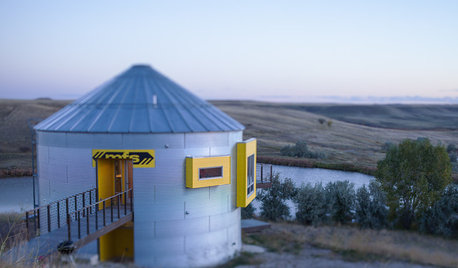
HOUZZ TOURSHouzz Tour: Prairie Grain Bin Turned Bucolic Retirement Home
An agrarian structure and a big dream combine in this one-of-a-kind home that celebrates 250 acres of Montana grasslands
Full Story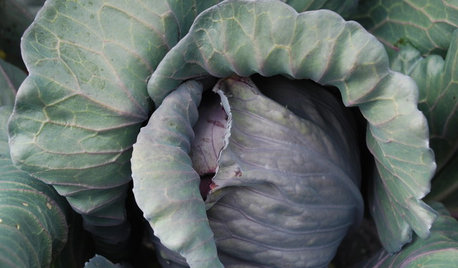
REGIONAL GARDEN GUIDESWelcome the Turning Season: Advice for Your September Garden
Roll with the cooler weather by planting away. Our gardening guides tell you what plant picks are best for each U.S. region
Full Story
HOUZZ TOURSMy Houzz: Turning a Netherlands Barn Into a Country Home
Once a place for chilling milk, this Dutch home now lets the owners chill out in easygoing comfort
Full Story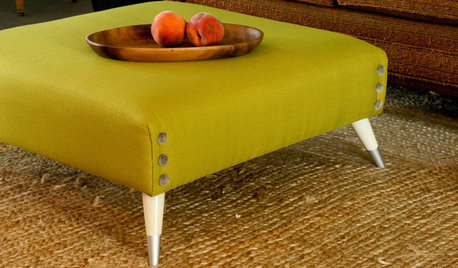
DIY PROJECTSTurn a Shipping Pallet Into a Stylish Ottoman
Get the step-by-step instructions for upholstering your own mod living room centerpiece
Full Story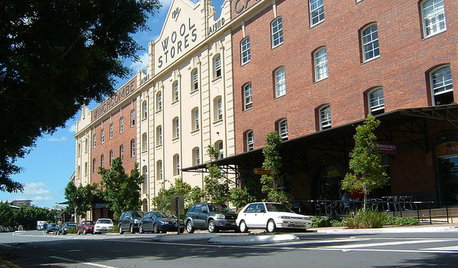
INDUSTRIAL STYLEHouzz Tour: Wool Store-Turned-Apartment Gets a Glamorous Reboot
An industrial-style penthouse apartment in Brisbane, Australia’s historic Winchcombe Carson building is buffed to a high shine
Full Story
LIGHTINGGet Turned On to a Lighting Plan
Coordinate your layers of lighting to help each one of your rooms look its best and work well for you
Full StoryMore Discussions








GdierkingOriginal Author